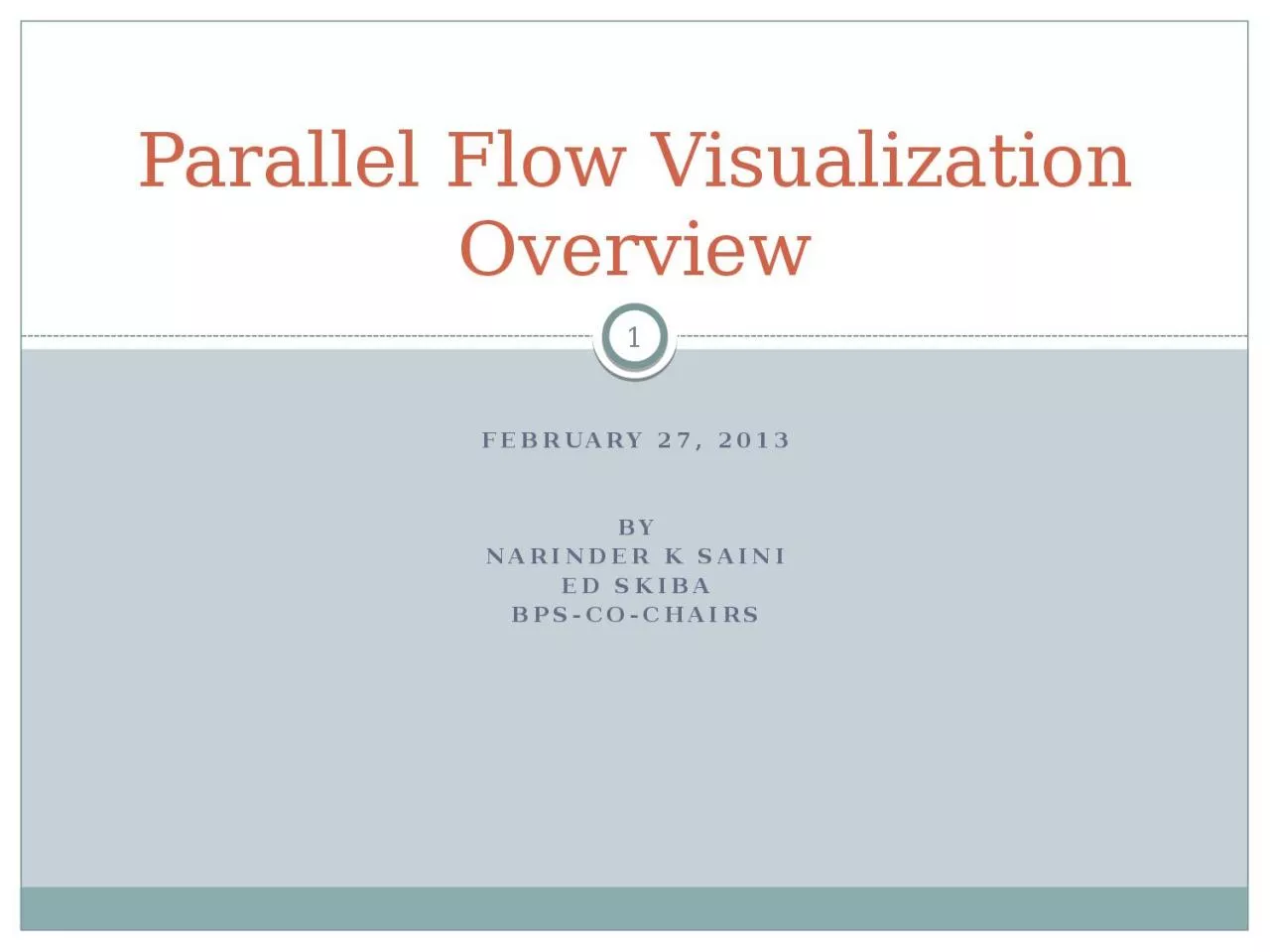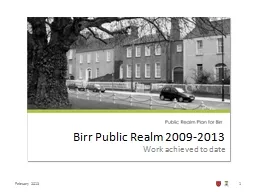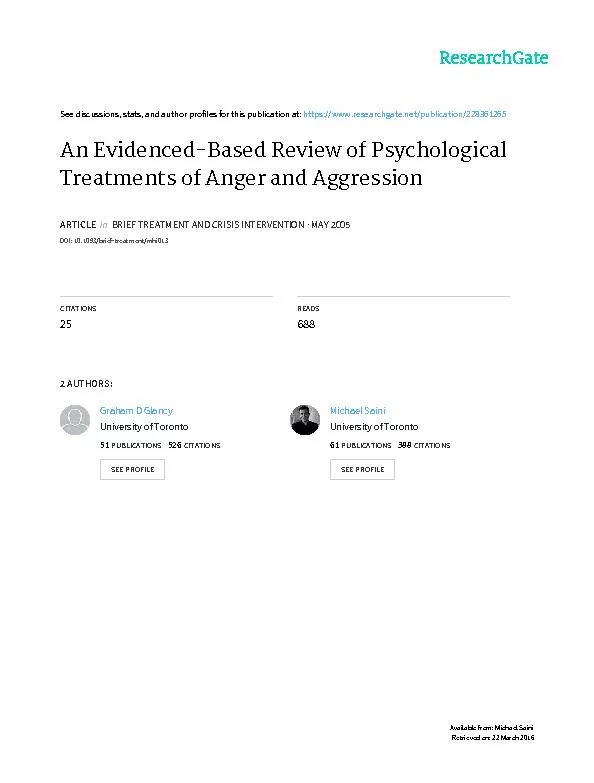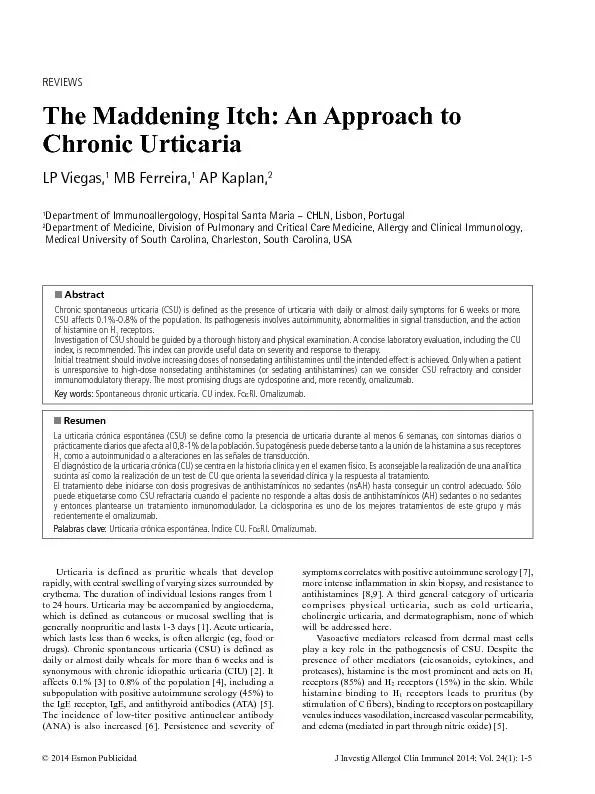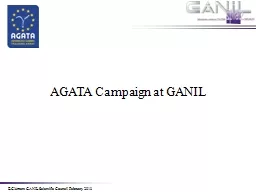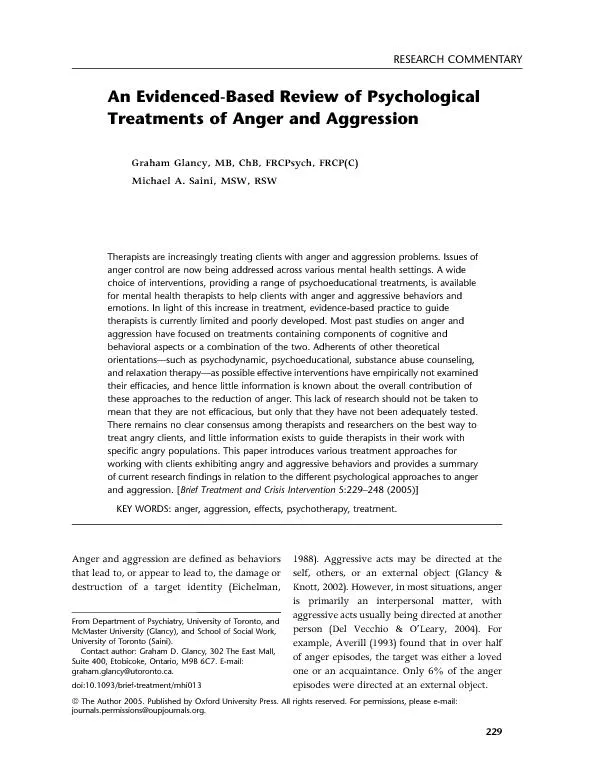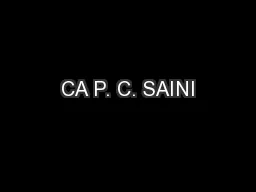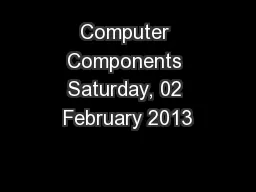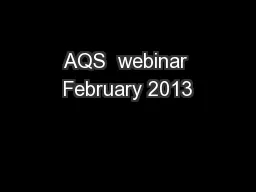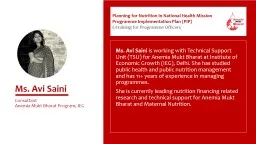PPT-February 27, 2013 BY NARINDER K SAINI
Author : kylie | Published Date : 2023-11-07
Ed Skiba BpsCochairs Parallel Flow Visualization Overview 1 OVERVIEW Parallel Flow Visualization PFV Status Background Objectives NAESB Responsibility IDC Input
Presentation Embed Code
Download Presentation
Download Presentation The PPT/PDF document "February 27, 2013 BY NARINDER K SAINI" is the property of its rightful owner. Permission is granted to download and print the materials on this website for personal, non-commercial use only, and to display it on your personal computer provided you do not modify the materials and that you retain all copyright notices contained in the materials. By downloading content from our website, you accept the terms of this agreement.
February 27, 2013 BY NARINDER K SAINI: Transcript
Download Rules Of Document
"February 27, 2013 BY NARINDER K SAINI"The content belongs to its owner. You may download and print it for personal use, without modification, and keep all copyright notices. By downloading, you agree to these terms.
Related Documents

